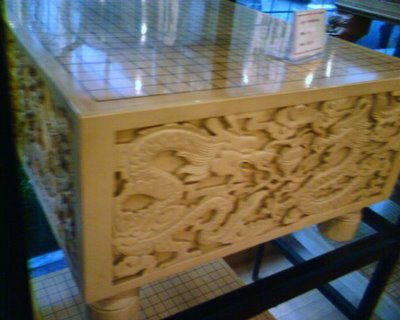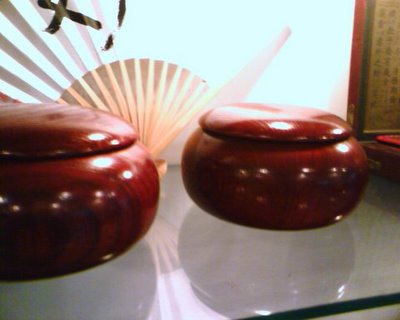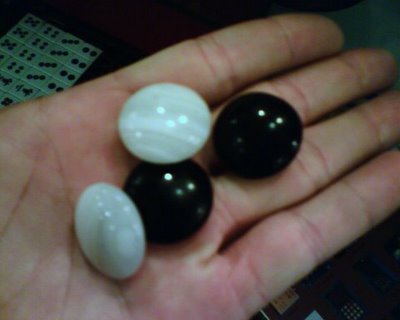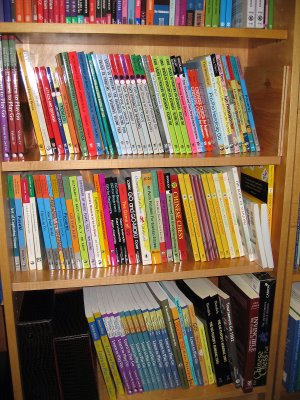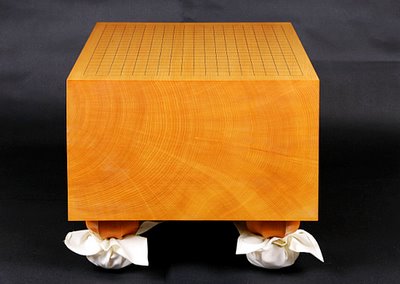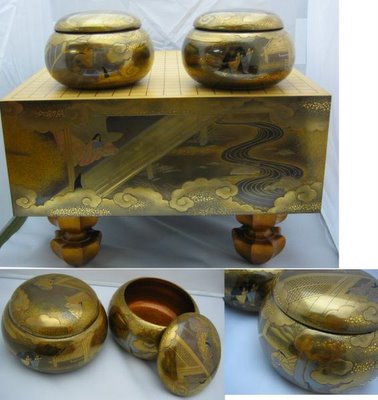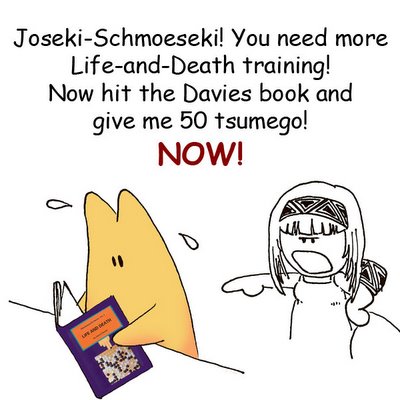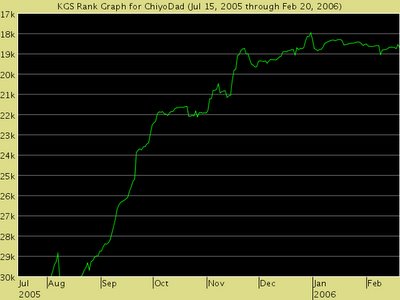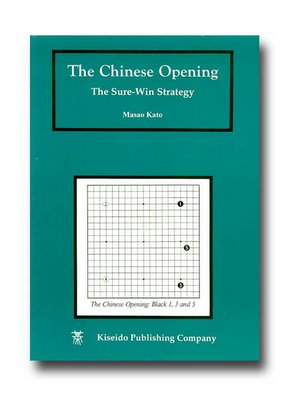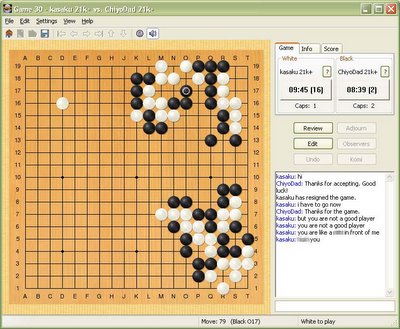 I've seen some sore losers since June 2005, but kasaku on IGS takes the cake. Clicking on the image will produce an enlargement.His expletives have been blurred.
I've seen some sore losers since June 2005, but kasaku on IGS takes the cake. Clicking on the image will produce an enlargement.His expletives have been blurred.Go servers are great and they allow us to conveniently play against opponents all around the world. I've met and befriended many of you through
KGS and
IGS. Some of you even became my mentors for which I remain very thankful for.
But just like all social spheres on the internet, not everyone you encounter will be sociable, affable or good-natured. It's that anonymity of the internet which seems to foster the problem.
GoNinja and I were once discussing this matter and lamenting the decline of courtesy.
I think it's a good time to bring up safety concerns, even for Go servers. I've seen more young players joining KGS and I can only hope that they will always exercise a degree of caution. One online site that can be helpful for kids and teens is
NetSmartz.
Rude players are really just the smallest of our annoyances on Go servers and many of us have learned to just shrug them off . Just about everyone I know has had at least one encounter with a
sandbagger (a player who deliberately sets his rank low) or an
escaper (a player who leaves the game when losing).
And then, sometimes, there are more unsavory characters.
I encountered one such by the handle of
kasaku on IGS (aka
PandaNet). He resigned after I eliminated the second eye of one of his groups. He then proceeded to throw insults at me.
This fellow was having a
really bad day. His record showed that he lost an earlier game by 472.5 moku. Given that there are only 361 intersections on a goban, that's quite a staggering loss. As I was told, he was also verbally abusive in that game.
If he was that unhappy, he could have just resigned or even escaped. Since I managed to corroborate two offences, I reported him to IGS administration. We'll see what becomes of it.
I have noticed that KGS administration actively clamps down on unacceptable language on their server.
In other news Mingjiu (White) took quite a while to analyze the position at the bottom.
Mingjiu (White) took quite a while to analyze the position at the bottom. (7P) won the Fujitsu qualifier and will be representing the United States. In the
game (SGF link),
aussiemate (13k) correctly anticipated that there would be an
exchange of territories (furikawari).
It was an exciting match. Early on, we felt that Mingjiu (White) was too far behind and should resign but he he abruptly turned the game around.





